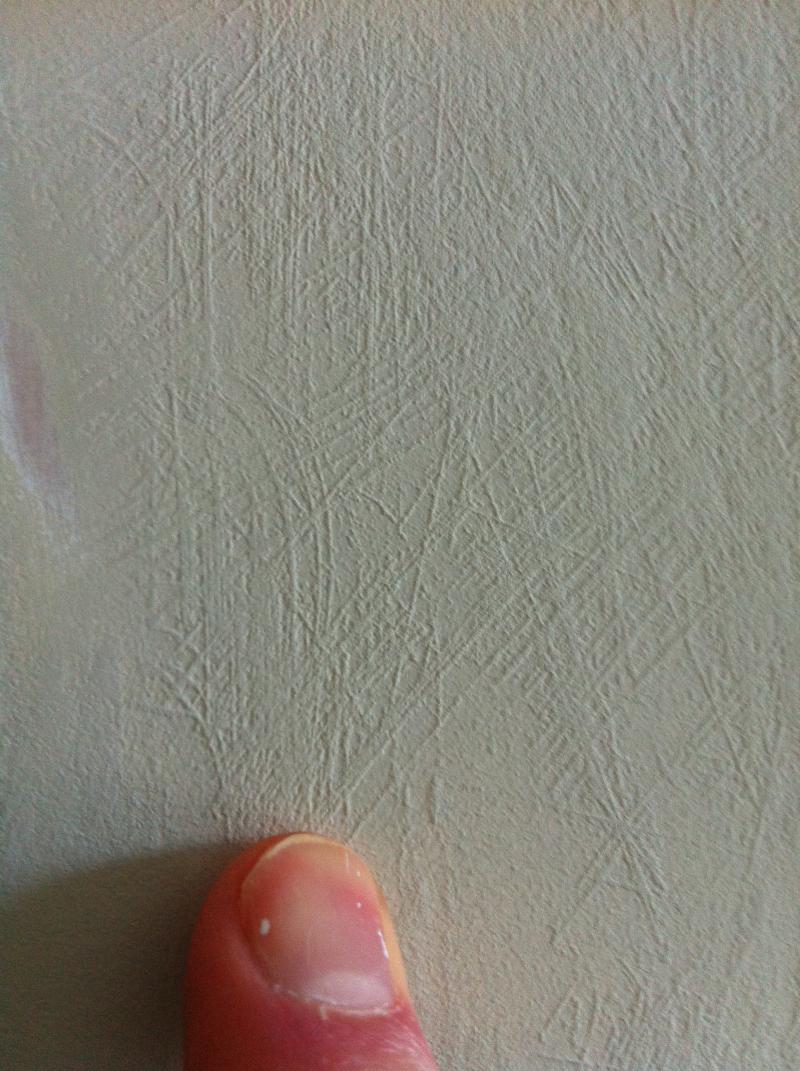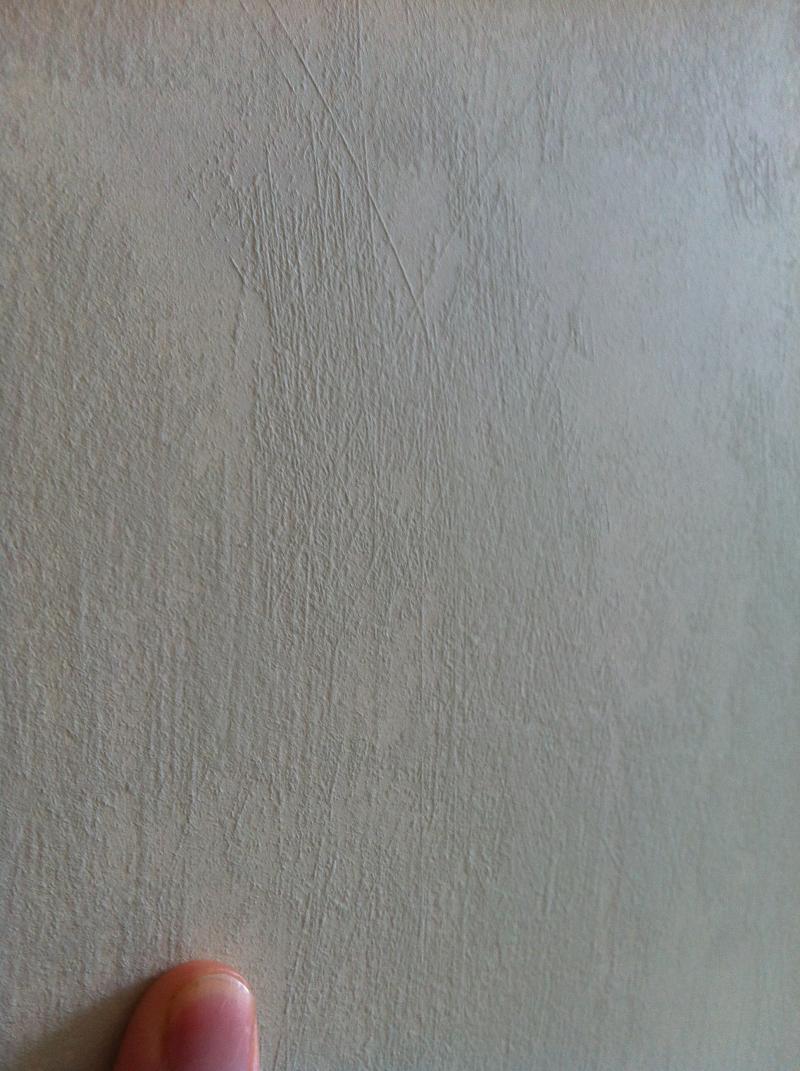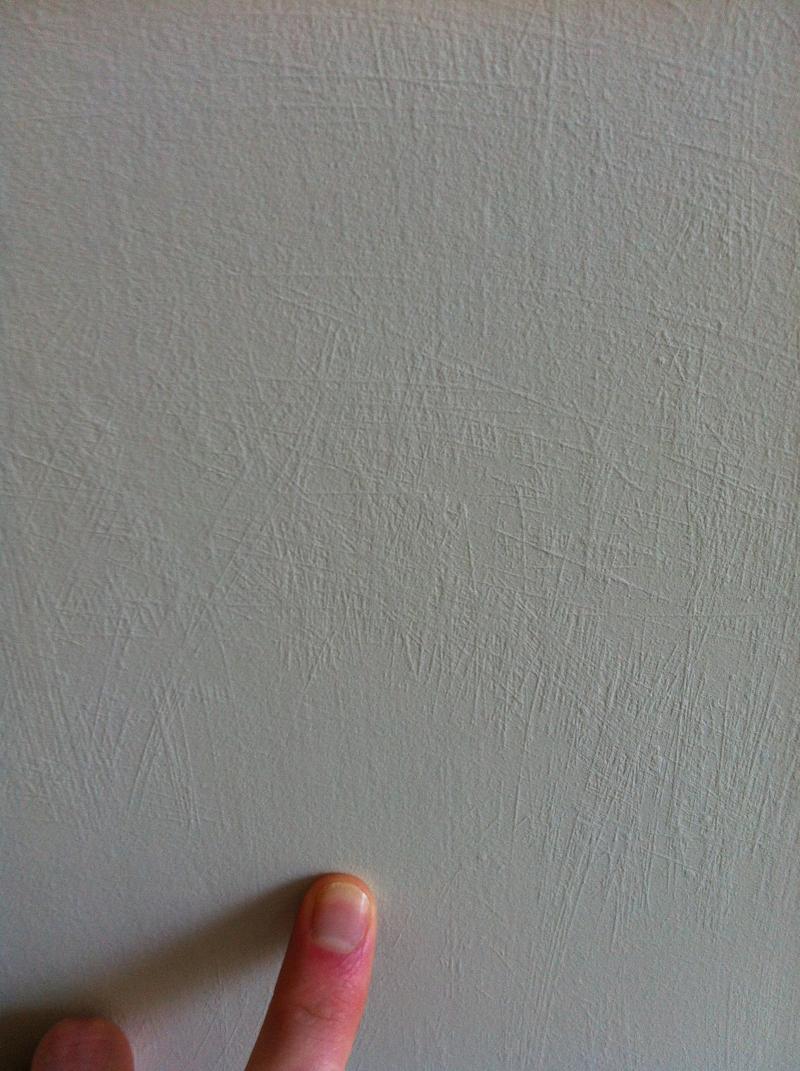Hi. I've had a lathe & plaster wall skimmed. The plasterer did a great job, it felt really smooth. The plasterer recommended a coat of B&Q plaster sealer then on with the paint, which I did. I put on 2 coats of Leyland white contract matt paint. The paint looked really blotchy and had areas where is almost looked like it has run (which it hadn't).
I then gave it a sand, wiped down the dust with a damp sponge, then put on 3 coats of Dulux timeless Classic Antique map matt paint. The result is terrible! It has a raised texture in places that resembles fibreglass (see photos). The texture is very hard and difficult to sand down. I thought it might be a reaction of the paint with the plaster?? It's not over the whole wall but appears in patches.
The plasterer is going to re-skim the worst wall which gets direct sunlight (the sun really highlights the problem) but I just can't understand what went wrong. Has anyone seen this type of texture before with new plaster?
Thanks
Nick
I then gave it a sand, wiped down the dust with a damp sponge, then put on 3 coats of Dulux timeless Classic Antique map matt paint. The result is terrible! It has a raised texture in places that resembles fibreglass (see photos). The texture is very hard and difficult to sand down. I thought it might be a reaction of the paint with the plaster?? It's not over the whole wall but appears in patches.
The plasterer is going to re-skim the worst wall which gets direct sunlight (the sun really highlights the problem) but I just can't understand what went wrong. Has anyone seen this type of texture before with new plaster?
Thanks
Nick




